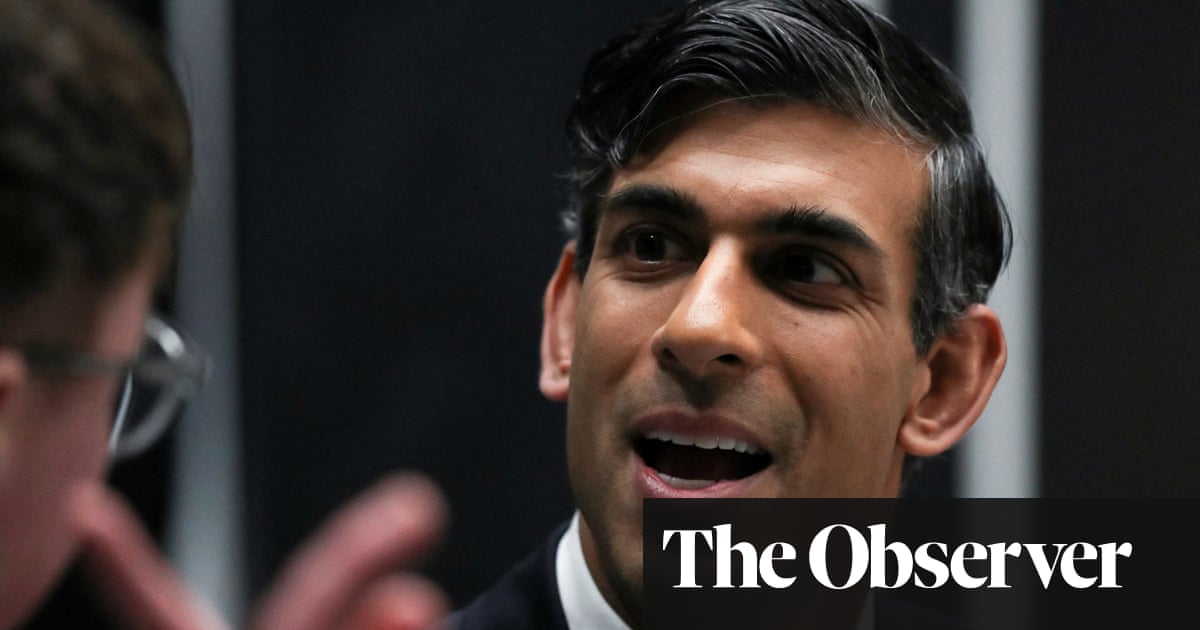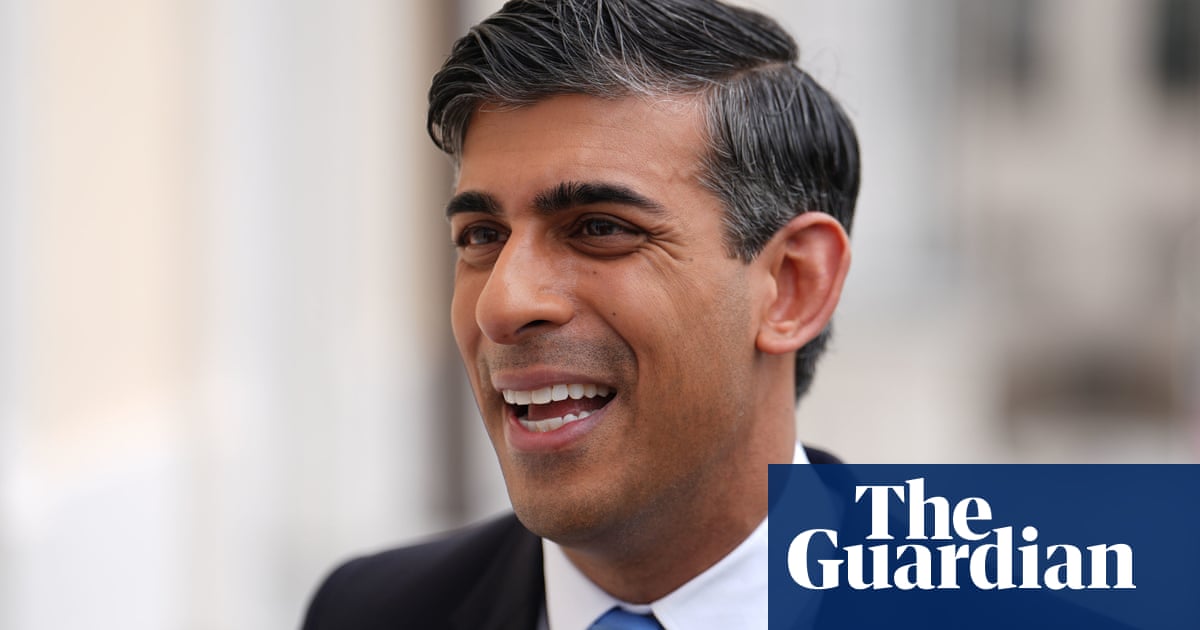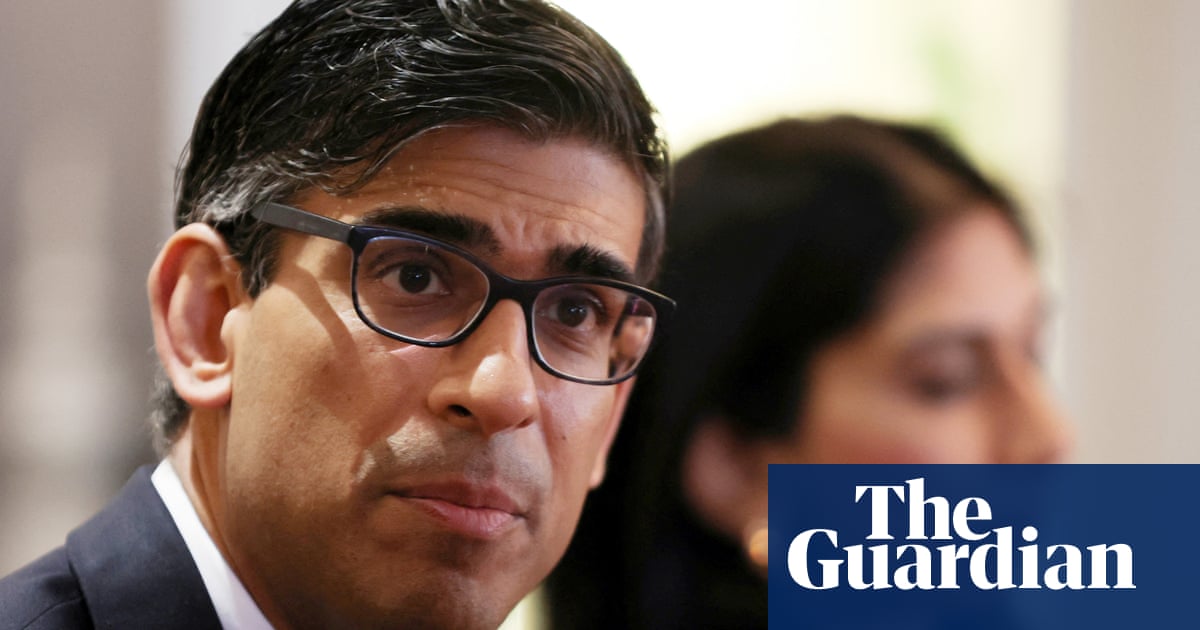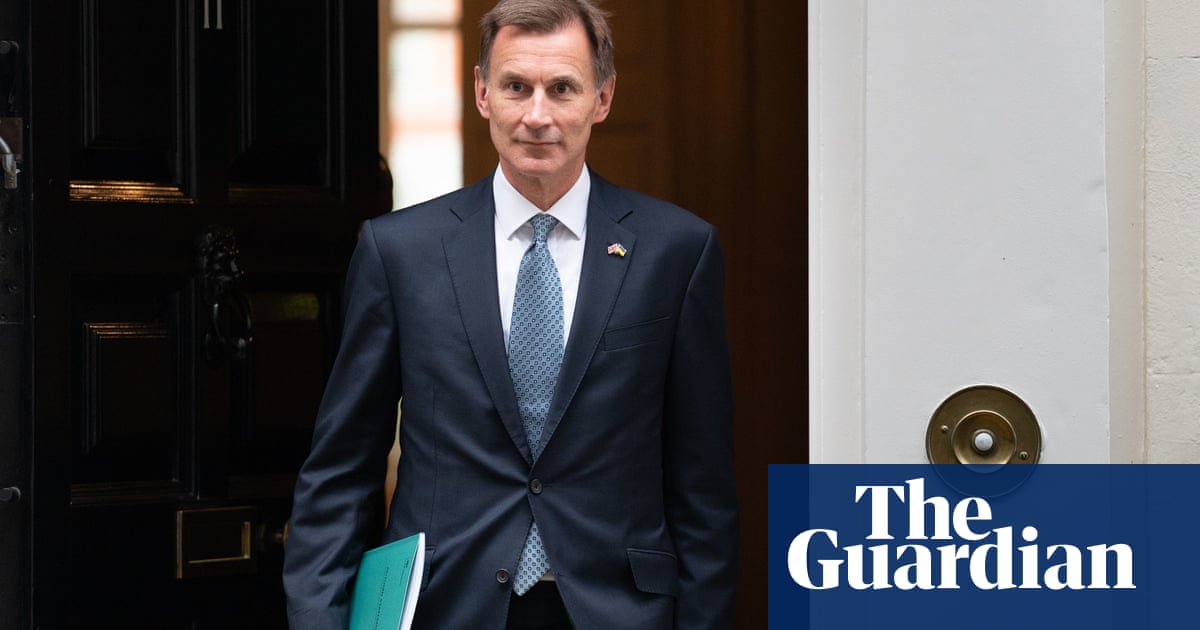
Plans for tax cuts before the next election will need to come from reductions in public spending or from extra borrowing, the government’s independent forecasting unit has told the chancellor.
With Britain’s growth rate expected to decline to below 2% a year from 2023, hitting government income, Rishi Sunak will face voters without the spare cash needed for tax cuts – unless sacrifices are made in other areas.
In his budget speech, Sunak told the Commons on Wednesday: “As we look towards the future, I want to say this simple thing to the House and the British people. My goal is to reduce taxes. By the end of this parliament, I want taxes to be going down not up.”
The Office for Budget Responsibility (OBR) said the UK economy would revert to its 1.5% pre-pandemic average growth rate during the last three years of the forecast to 2026 as the scarring effects of Brexit and the 2008 financial crash reasserted their influence on the economy.
The government must hold a general election by May 2024, although there is speculation Johnson is preparing to go to the country in 2023.
Richard Hughes, the chair of the OBR, said that based on current forecasts, the chancellor would need to answer “which responsibilities that the state has now taken would it then retreat from to accommodate these tax cuts?
“If the answer is none, then would we be content to see our debt continue to rise in normal times, given what we now know about how much the next crisis might cost us?”
Brexit had cost the UK 4% of national income, or GDP, and was continuing to damage the economy, Hughes said. He blamed a decline in trade with Europe and beyond, saying: “Trade has fallen as the UK has become less connected with the outside world.”
In a further warning, the OBR outlined a bleak outlook should inflation take off in the next year. A central forecast of a peak of 4.4% could prove to be optimistic, it said, adding that a more pessimistic scenario would prompt the Bank of England to take action.
The OBR said inflation could soar above 5% if energy and food costs continued to rise, forcing Threadneedle Street to push its base rate from 0.1% to above 3% next year before bringing it back down to below 1% in 2024.
Charlie Bean, an OBR economic adviser and a former deputy governor for monetary policy at the Bank, said that there were signs of higher wage rises in response to rising prices, but so far these were only in pockets of the labour market where staff shortages were acute.
The forecaster was more optimistic about the outlook for this year as it predicted lower government spending and higher tax receipts. Economic growth will be 6.5% this year, up from the 4% rate forecast at the last budget in March and completing the return of UK GDP to its previous peak by Christmas.
However, the OBR’s economic health check brought forward 1.3 percentage points of growth from its forecast for 2022, which was revised down from 7.3% to 6%. That meant the increase in predicted GDP growth for this year from 4% to 6.5% only added 1.5% to the total gain over two years.
An estimate of the long-term damage from the pandemic over the next five years was reduced, but the forecaster failed to follow the prediction of the Bank of England that scarring from unemployment and business insolvencies would knock 1% from the trajectory of GDP growth seen before 2020. The OBR said the scarring would leave the UK economy permanently 2% below its previous trade growth rate.
At the last budget, the OBR predicted unemployment would peak at 7.5%, but instead it reached 5.2% in December 2020 and has been falling since. The OBR said it could nudge higher to 5.4% as workers on furlough failed to find a job.
Tax receipts have stayed well ahead of previous OBR forecasts during the spring and summer this year, handing the chancellor four-fifths of the £51bn reduction in the deficit since the forecast in March.
Sunak banked a third of the funds, most of it next year when his increase in national insurance and freeze on income tax thresholds will lead to a tightening of the public finances by the equivalent of 4.4% of GDP.
The latest forecasts show the deficit falling to £183bn, or 7.9% this year, and to 1.7% in 2025-26. In March, the OBR said borrowing this year would hit £355bn, or 9.7% of GDP, before falling to £74bn in 2025-26, or 2.7% of GDP.
The OBR said: “The improvement in the fiscal outlook is sufficient to enable the chancellor to meet his fiscal target of getting underlying debt falling as a share of GDP by the third year of our forecast.”
However, the forecaster said the margin for error was slim and it would take only a small downturn to throw the government’s deficit reduction plan off course.












